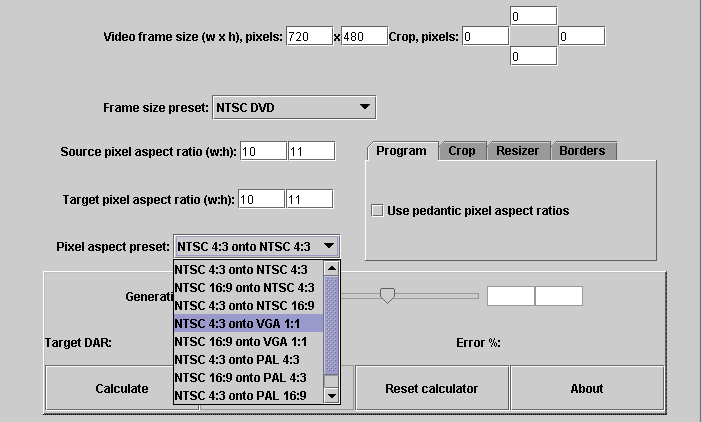
The first one is a measurement and the other is a proportion that can be maintained with other measurements.Īny size that has 4 units (pixels, cm, inches, whatever) on the long side for 3 units on the short side has a 4:3 ratio.

While 1920×1080 has an aspect ratio of 16:9, they are not the same thing. If you’re making a video on your phone holding it vertically, it’s a 9:16 aspect ratio. Instead, a portrait-oriented photo with the same proportions would have an aspect ratio of 3:4. However, for rectangular frames, it’s important to keep a standard.įor example, if you see that an image has an aspect ratio of 4:3, you know it’s a landscape-oriented picture. In the case of 1:1, it wouldn’t matter because the image is square. The formula is Aspect Ratio = Width:Height. This is a convention so that everyone knows what you’re talking about. The aspect ratio formula is the international standard format in which the proportional relationship is expressed. Just be aware that you’ll be losing information from the edges if you decide to do this. However, you can always change your mind afterwards and crop your images to different aspect ratios in post-production.

On most digital cameras and mobile devices, you can change the aspect ratio before taking the picture. The aspect ratio is the relationship between the width and height of a frame – it has nothing to do with the size.įor example, if an image has a 1:1 ratio, it might be 500 x 500 pixels or 5000 x 5000 pixels – the aspect ratio is the same.


 0 kommentar(er)
0 kommentar(er)
